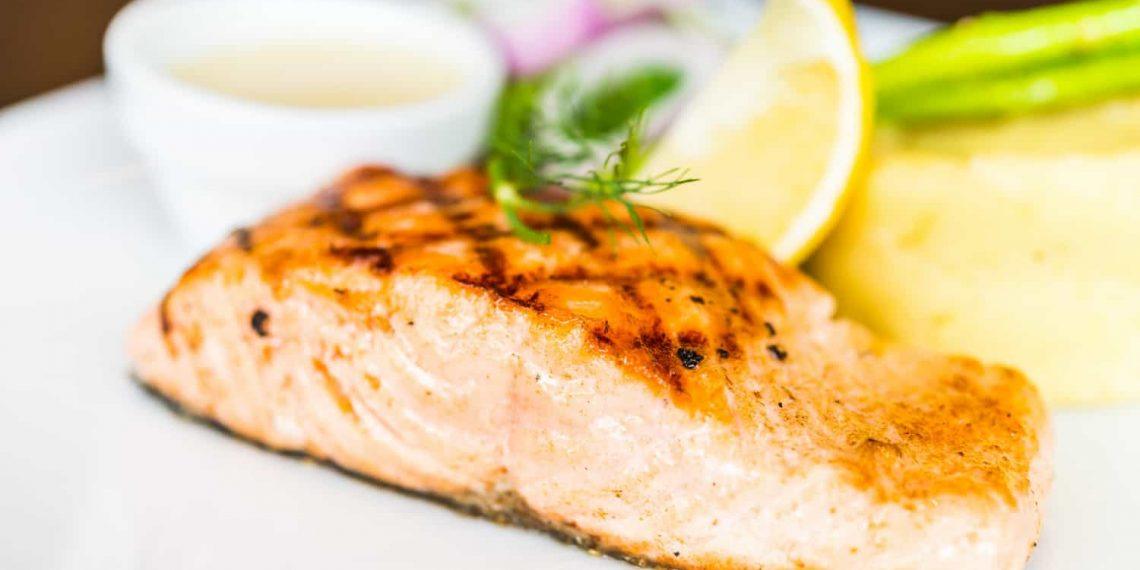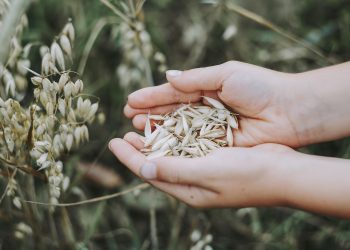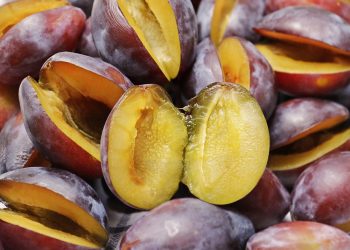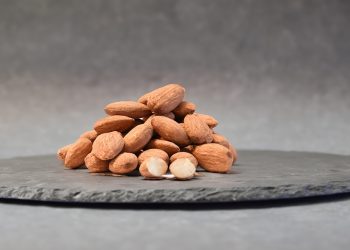Vitamin D foods are more than just trendy health picks—they’re powerful agents of change in your daily vitality. You don’t need to be a nutritionist to understand this: without enough vitamin D, your bones weaken, your energy tanks, and your immune system plays catch-up. But there’s good news. You can get your glow—and your strength—back, one bite at a time.
Contents
- What Are Vitamin D Foods—and Why Should You Care?
- 1. Salmon (Especially Wild-Caught)
- 2. Cod Liver Oil
- 3. Mushrooms (UV-Exposed Varieties)
- 4. Fortified Dairy or Plant-Based Milk
- 5. Egg Yolks
- 6. Canned Tuna or Sardines
- 7. Fortified Cereals and Oatmeal
- How to Maximize Absorption of Vitamin D Foods
- Signs You Might Be Low on Vitamin D
- Bottom Line
- FAQs
What Are Vitamin D Foods—and Why Should You Care?
Vitamin D foods are natural sources of this essential fat-soluble nutrient. While sunshine triggers its production in your skin, your diet plays a critical backup role—especially in cloudy seasons, busy lifestyles, or if you’re indoors a lot.
Why should you care?
-
Because vitamin D supports calcium absorption, helping prevent osteoporosis.
-
It helps reduce inflammation.
-
It boosts immunity—fewer sick days, more good days.
-
It’s linked to mood regulation and even brain health.
According to the National Institutes of Health (NIH), nearly 1 in 4 Americans are either low or deficient in vitamin D. That’s not just a statistic—it could be you, or someone you love.
So, what can you eat to stay balanced, resilient, and full of life?
Let’s get into the top vitamin D foods worth adding to your shopping list now.
1. Salmon (Especially Wild-Caught)
Why it’s amazing:
A single 3.5-ounce (100-gram) portion of wild salmon can deliver over 100% of your daily vitamin D needs. Wild-caught varieties often contain up to four times the vitamin D content of farm-raised options.
Bonus benefits:
Rich in omega-3 fatty acids, protein, and antioxidants. It’s a brain and heart-healthy powerhouse.
Pro tip:
Bake it with lemon and herbs or flake it into a fresh salad with arugula and avocado.
Reference: Harvard School of Public Health
2. Cod Liver Oil
Why it’s amazing:
Yes, it’s old school—but this liquid gold offers a whopping 450 IU of vitamin D per teaspoon. That’s more than most people get in a day from food alone.
Bonus benefits:
It’s also rich in vitamin A and omega-3s. Great for joint health and inflammation support.
Pro tip:
Try lemon-flavored liquid versions or soft gels if the taste turns you off.
3. Mushrooms (UV-Exposed Varieties)
Why it’s amazing:
Mushrooms are the only plant-based source of vitamin D that naturally produces it when exposed to sunlight—just like human skin.
Look for packages labeled “UV-exposed” or “vitamin D enhanced.”
Bonus benefits:
Low in calories, high in fiber and antioxidants.
Pro tip:
Sauté with garlic and thyme for a simple side dish or stir into soups and omelets.
Reference: National Library of Medicine
4. Fortified Dairy or Plant-Based Milk
Why it’s amazing:
Most cow’s milk in the U.S. is fortified with vitamin D—typically about 100 IU per cup. Many almond, soy, and oat milks are also fortified, making them excellent options for vegans or lactose-intolerant folks.
Bonus benefits:
You also get calcium, another bone-supporting nutrient.
Pro tip:
Check labels carefully—choose unsweetened varieties to avoid unnecessary sugar.
5. Egg Yolks
Why it’s amazing:
One large egg yolk contains about 40 IU of vitamin D. While that might seem small, it adds up, especially when paired with other vitamin D foods.
Bonus benefits:
Also packed with B vitamins and healthy fats—perfect for energy and focus.
Pro tip:
Skip the all-whites omelet sometimes—go for the whole egg to reap the full nutritional benefits.
6. Canned Tuna or Sardines
Why it’s amazing:
Convenient and shelf-stable, canned tuna has around 270 IU of vitamin D per 3.5 ounces. Sardines offer a similar boost along with calcium from edible bones.
Bonus benefits:
Budget-friendly, high in protein, and great for meal prepping.
Pro tip:
Toss tuna with olive oil, lemon juice, and capers for a quick Mediterranean-style salad.
Reference: Office of Dietary Supplements – NIH
7. Fortified Cereals and Oatmeal
Why it’s amazing:
Certain breakfast cereals and instant oatmeals are fortified with vitamin D—offering 40 to 100 IU per serving.
Bonus benefits:
Often come paired with other essential vitamins like B12 and iron.
Pro tip:
Pair fortified cereal with fortified almond milk, and you’re stacking your vitamin D intake without lifting a fork more than once.
How to Maximize Absorption of Vitamin D Foods
Here’s something most people miss: vitamin D is fat-soluble, meaning your body absorbs it better when paired with healthy fats.
Quick absorption hacks:
-
Cook mushrooms in olive oil
-
Eat salmon with avocado
-
Pair eggs with a side of sautéed spinach in coconut oil
And don’t forget: some sun exposure (just 10–15 minutes a few times a week) helps activate vitamin D already in your system.
Signs You Might Be Low on Vitamin D
Not sure if you need more vitamin D foods in your life? Look out for these symptoms:
-
Low energy or fatigue
-
Mood swings or seasonal depression
-
Muscle weakness or cramps
-
Frequent illnesses
-
Bone or back pain
If you suspect a deficiency, a simple blood test can give you clarity. Your doctor might recommend supplementation in addition to food-based sources, depending on your levels.
Bottom Line
Vitamin D foods are more than just trendy health picks—they’re an everyday defense system. They build your bones, guard your mood, protect your immunity, and fuel your daily energy. Whether you’re vegan, pescatarian, or flexitarian, there’s a vitamin D-rich option that fits beautifully into your routine.
Start today: Choose one new vitamin D food to try this week. Your body—and your sunshine—will thank you.
FAQs
Q: Can I get enough vitamin D from food alone?
A: It’s possible, but many people still fall short. A mix of food, sensible sun exposure, and occasional supplementation is the best bet.
Q: What time of day is best for vitamin D from the sun?
A: Midday (10 a.m. to 3 p.m.) is most effective, but always be sun-safe and avoid burning.
Q: Are there vegan sources of vitamin D foods?
A: Yes—UV-exposed mushrooms and fortified plant-based milks are excellent options.
Even a little change in what you eat can make a big difference in how you feel. One forkful at a time—your health is in your hands.
Get Your FREE Natural Health Guide!
Subscribe now and receive our exclusive ebook packed with natural health tips, practical wellness advice, and easy lifestyle changes — delivered straight to your inbox.















